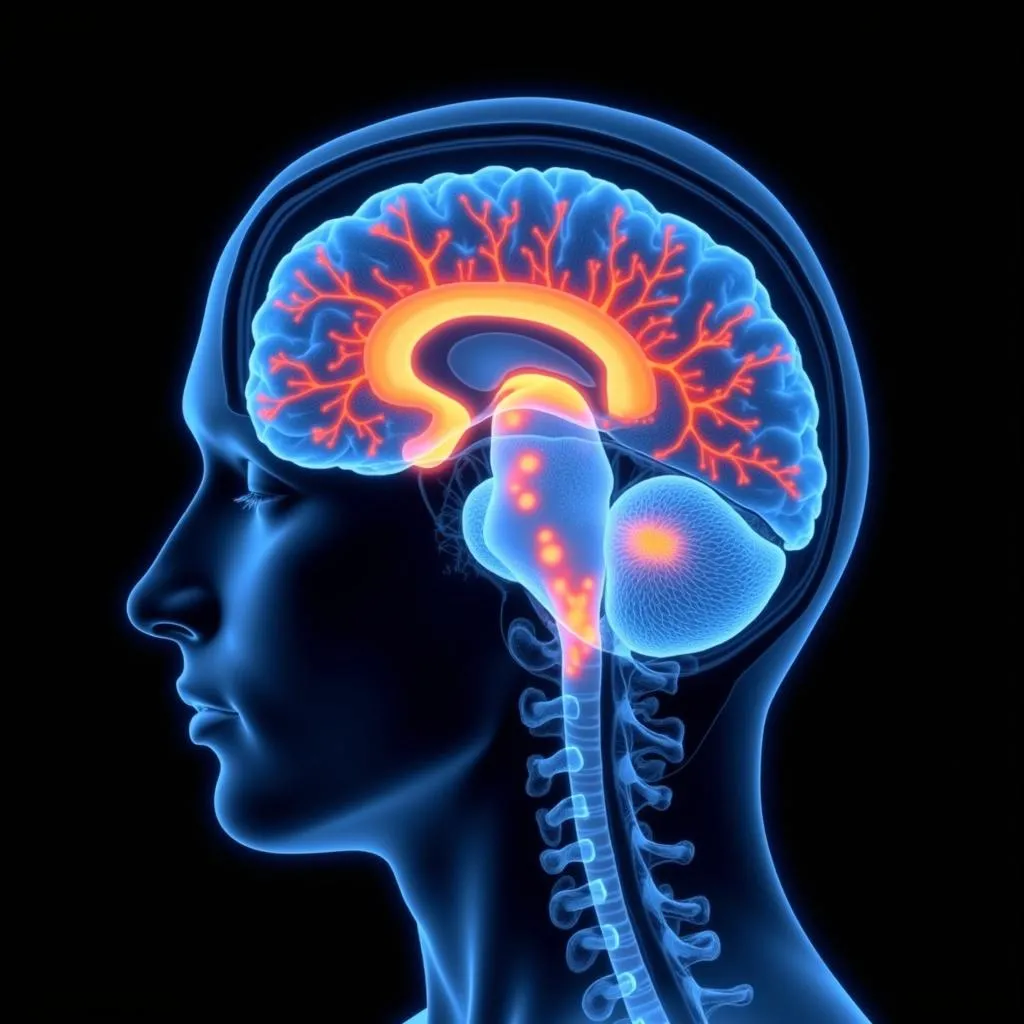PET Scan vs. MRI: Unveiling the Differences in Medical Imaging
PET scans and MRIs are both advanced imaging techniques used in medicine to diagnose and monitor various conditions. While they both produce detailed images of the inside of the body, they operate on different principles and provide different types of information. Understanding these differences is crucial for patients and healthcare providers to make informed decisions about diagnosis and treatment.
Different Imaging Techniques: Peering Inside the Body
PET Scan: Tracking Metabolic Activity
A Positron Emission Tomography (PET) scan utilizes a small amount of radioactive material, called a tracer, to visualize and measure metabolic activity within the body. The tracer is injected into the bloodstream and travels to the area of interest. As the tracer decays, it emits positrons, which interact with electrons in the body, producing gamma rays that are detected by the PET scanner. These signals are then reconstructed into images that show the distribution and intensity of the tracer, reflecting the metabolic activity of the tissues and organs.
MRI: Manipulating Magnetic Fields
Magnetic Resonance Imaging (MRI), on the other hand, uses a strong magnetic field and radio waves to create detailed images of the organs and tissues. The human body is largely composed of water molecules, which contain hydrogen atoms. When placed within the MRI scanner’s magnetic field, the protons in these atoms align themselves. Radio waves are then emitted, temporarily disrupting this alignment. As the protons realign, they emit signals that are detected by the scanner and used to create cross-sectional images of the body.
Contrasting Strengths: What Each Scan Reveals
PET scans and MRIs excel in visualizing different aspects of the body and are often used for distinct purposes.
PET Scan Applications:
- Cancer Detection and Staging: PET scans are highly sensitive in detecting cancerous tumors by identifying areas of abnormal metabolic activity. This is particularly helpful in diagnosing, staging, and monitoring the effectiveness of cancer treatments.
- Heart Disease Evaluation: PET scans can assess blood flow to the heart muscle, helping to diagnose coronary artery disease and evaluate the damage from a heart attack.
- Brain Disorder Diagnosis: In neurology, PET scans aid in diagnosing conditions like Alzheimer’s disease, Parkinson’s disease, and epilepsy by revealing changes in brain metabolism and activity.
 PET scan of the brain
PET scan of the brain
MRI Applications:
- Soft Tissue Visualization: MRI is particularly adept at producing detailed images of soft tissues, including muscles, tendons, ligaments, nerves, and the brain.
- Orthopedic Injuries: MRI is commonly used to diagnose injuries to the knees, shoulders, spine, and other joints, providing clear images of ligaments, cartilage, and bone marrow.
- Neurological Conditions: MRI is valuable in diagnosing and monitoring conditions such as stroke, multiple sclerosis, brain tumors, and spinal cord injuries.
PET Scan vs. MRI: Key Differences
While both PET scans and MRIs are powerful imaging tools, understanding their differences is crucial for making informed decisions about your health.
| Feature | PET Scan | MRI |
|---|---|---|
| Imaging Principle | Detects metabolic activity using radioactive tracers | Uses magnetic fields and radio waves to create images based on water content |
| Strengths | Detecting and monitoring cancer, evaluating heart disease, diagnosing brain disorders | Visualizing soft tissues, diagnosing orthopedic injuries, evaluating neurological conditions |
| Limitations | Exposure to a small amount of radiation, lower spatial resolution | Not suitable for patients with certain metal implants, can be noisy and claustrophobia-inducing |
 MRI scan showing knee injury
MRI scan showing knee injury
Making Informed Decisions: Choosing the Right Scan
The choice between a PET scan and an MRI depends on the specific clinical situation. Your doctor will consider factors such as your symptoms, medical history, and the suspected condition to determine the most appropriate imaging test.
Pet vs mri scan may seem like complex medical technologies, but understanding their fundamental differences empowers you to be an active participant in your healthcare journey. If you have any concerns or questions about these imaging techniques, don’t hesitate to discuss them with your doctor.
Frequently Asked Questions (FAQ)
- Is a PET scan painful? The injection of the radioactive tracer may cause a slight pinch, but the scan itself is painless.
- How long does an MRI take? The duration of an MRI scan varies depending on the area being scanned but typically ranges from 30 to 60 minutes.
- Are there any risks associated with a PET scan or MRI? PET scans involve a small amount of radiation, while MRIs are generally considered safe for most people. However, it’s essential to inform your doctor about any metal implants or medical devices you have before undergoing an MRI.
Need Help? Contact Us!
For any assistance or inquiries, feel free to reach out to us via:
- WhatsApp: +1(641)206-8880
- Email: [email protected]
- Address: 276 Reock St, City of Orange, NJ 07050, United States
Our dedicated customer support team is available 24/7 to assist you.